 |
| Category: Badges |

|
This
page is a sub category index |
|
|
|
|
History of the RSM's
Badge and the badges of WO1 and WO2 |
|
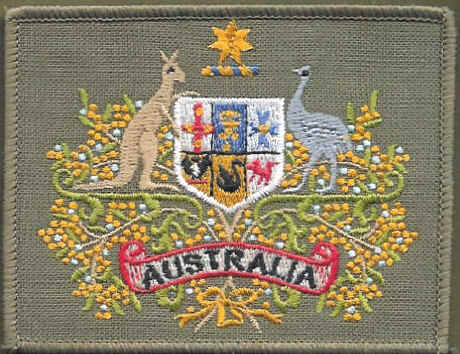
- One of the most respected and
coveted badges in the Services (particularly Army) is that of
Warrant Officer Class One (WO1) or equivalent. In the Army that is the rank held by the
Regimental Sergeant Major.
- (There are
other WO1 appointments and not all WO1s are RSMs).
|

Sub category index
|
- It is referred to as the
"Galloping Horses" in a reference to the 'supporters' on
the Coat of Arms,
the Kangaroo & Emu. (Originally the Lion & Unicorn on the
British Royal Arms.)
|
 |
- RSM badge in metal (Level
3).
|
 The Regimental Sergeant Major or RSM is the senior
Warrant Officer Class One in a British Regiment, and is primarily
responsible for maintaining standards and discipline. The same rank and
appointment exists in the Australian and New Zealand armies. In the Canadian Armed
Forces, RSMs have the rank of Chief Warrant Officer. All Warrant
Officers in the British Armed Forces are addressed as 'Sir' by their
subordinates, but, due to their non-commissioned status, are not
entitled to a salute. They are however issued with a Warrant on
appointment.
The Regimental Sergeant Major or RSM is the senior
Warrant Officer Class One in a British Regiment, and is primarily
responsible for maintaining standards and discipline. The same rank and
appointment exists in the Australian and New Zealand armies. In the Canadian Armed
Forces, RSMs have the rank of Chief Warrant Officer. All Warrant
Officers in the British Armed Forces are addressed as 'Sir' by their
subordinates, but, due to their non-commissioned status, are not
entitled to a salute. They are however issued with a Warrant on
appointment.
Warrant Officers can be addressed as “Sergeant
Major” only if they hold a Sergeant Major appointment, e.g. Company
Sergeant Major (CSM), Squadron SM, Battery SM or Regimental Sergeant
Major (RSM).
In any Unit that has more than 1 Warrant Officer Class
1 the RSM is "first amongst equals".
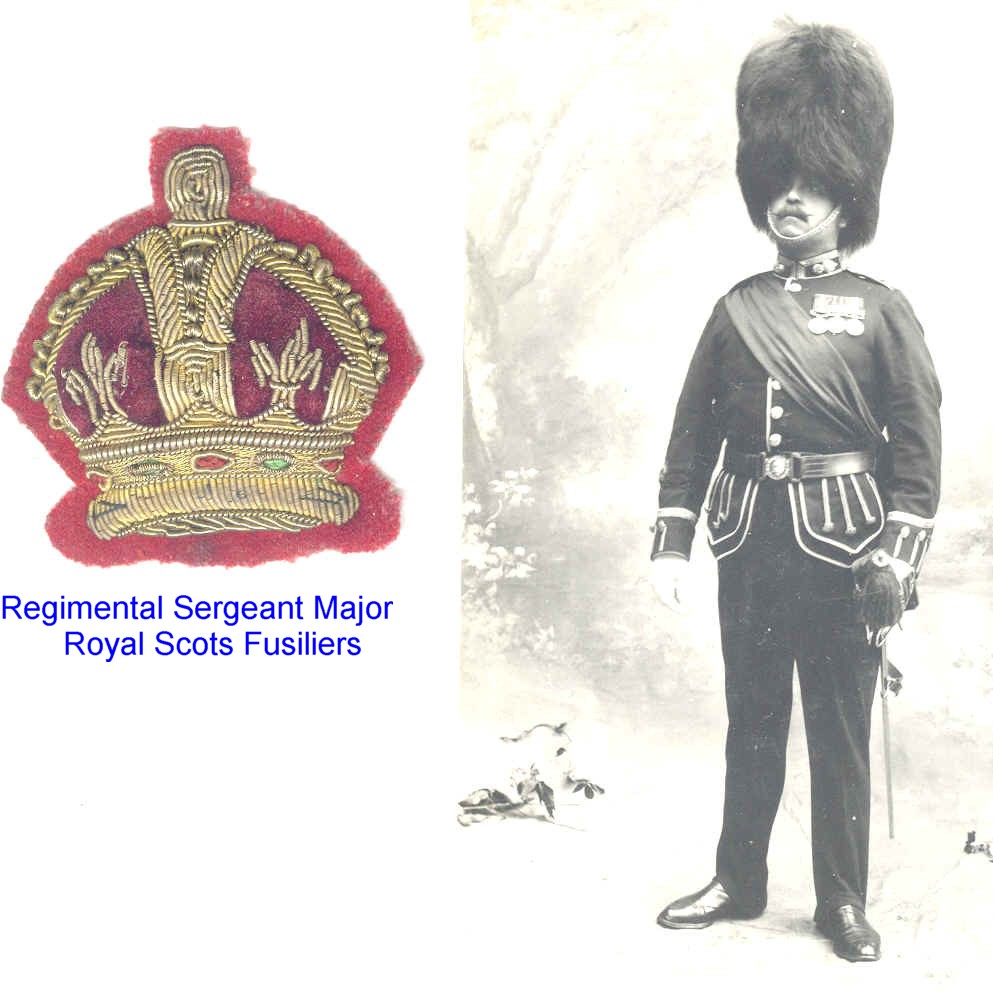
|
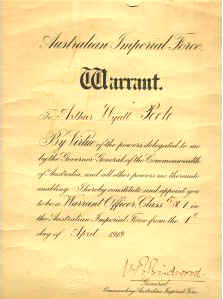 |
Wording:
Australian Imperial Force
WARRANT
To Arthur Wyatt Peele
By virtue of the powers
delegated to me by the Governor General of Australia and all other powers
thereunto enabling I hereby constitute and appoint you to be a Warrant
Officer Class 1 in the Australian Imperial Force from the 1st day of April
1919.
W Birdwood, General
Commanding Australian
Imperial Force |
|
AUSTRALIAN ARMY
WARRANT
Robert James HANN
Royal Australian
Infantry Corps
By virtue of the authority
given in the Defence Act 1903-1970 and the Regulations made thereunder,
you have been appointed to be a Warrant Officer in the Permanent Military
Forces.
You are, therefore
carefully and diligently to discharge your duty as such by doing and
performing all things thereunto belonging as required by the laws and
orders relating to the military forces of the Commonwealth: and you are to
observe and follow such orders and directions as you shall receive from
your Commanding, or any other superior Officer, according to the laws and
orders relating to those forces. (signature)
|
|
Wording on a Warrant
circa 1980
|

|
- Note. In the British Army the Rank of Regimental Sergeant
Major existed BEFORE the rank of Warrant Officer came into being.
They were Sergeants who wore
4 chevrons
(stripes)
and in SOME cases, mostly Guards Units,
that was surmounted by a Royal Coat of Arms.
Today in Australia
the RSM is an appointment (not a rank) and is usually reserved for
Warrant Officers Class One although some Warrant Officers Class Two have
been Infantry RSMs.
|
 |
Australian
metal badge of rank for the RSM (WO1) in WW1. Worn on the right sleeve,
below the elbow and just above the overseas service stripes (also
shown). 
|
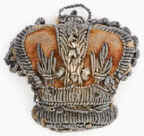
|
Crown worn
above chevrons (in the Ballarat Volunteer Regiment) by 2829 James John
Heath who originally served in the 55th Regiment of Foot during the
Crimean war.
|
| Heath was born in Staffordshire in 1819 and he worked as a
labourer until his enlistment in the British Army on 22 April
1837. He
participated in the Battle of Inkermann and the siege of Sevastopol
during his service in the Crimean War of 1854-1856.
He was promoted to
the rank of Sergeant during this time for good conduct and affection for
duty. He was discharged from full time service after the war and was
employed in the service of the Victoria London Docks Company for nearly
three years, during which time he acted as a Drill Sergeant in 2
Battalion of 5th Essex Rifle Volunteers. He subsequently emigrated to
Australia and became Sergeant Major of the Ballarat
Volunteer Regiment, a position he
had held for over twenty years at the time of his death in 1885.
|
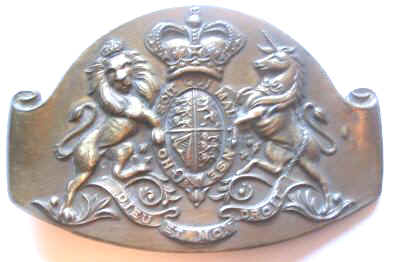 |
Belt buckle worn by RSMs
pre WW1.(Circa 1850). Note that it is the State Arms not the Royal Arms depicted on the
buckle. (no crowned lion). |
|
Many
of the images on this page are courtesy of CWO Herbert H
"Sarge" Booker 2nd |

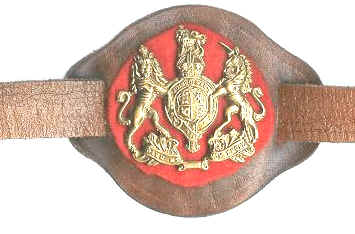
|
- When shirt sleeves was the
appropriate dress the RSM and CSMs would wear their respective badges
of rank on leather wrist bands on the right arm.
- In some Units (mostly British I
think, and, I am told RNZAOC) an Infantry scarlet felt backing was worn behind the badge.
|
 |
Worn by NX52530 Staff Sergeant Samuel
Edward Cameron of 2/19 Battalion. Cameron was born in Queanbeyan, New
South Wales, on 4 May 1909 and enlisted in the AIF on 3 July 1940. He
served in Malaya before becoming a prisoner of war of the Japanese, when
he was sent to work on the Burma-Thailand Railway in Thailand.
He was
unofficially promoted to the rank of Warrant Officer while interned.
Cameron returned to Australia after the war but died on 21 October 1945,
from illness contracted while he was a prisoner, only days after his
repatriation. AWM: REL30595
|
|

|
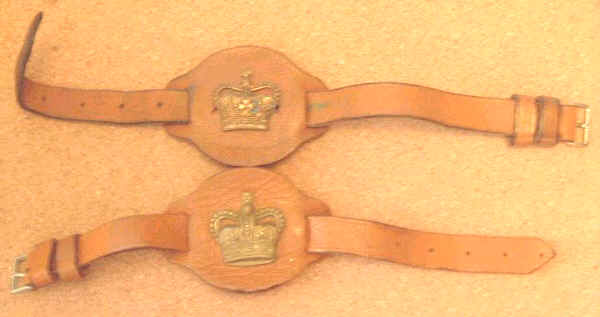 |
|
Three post 1953 wrist straps
bearing (slightly
different) St Edward's (Queens) Crown badge of rank and 1 with a wreath. |
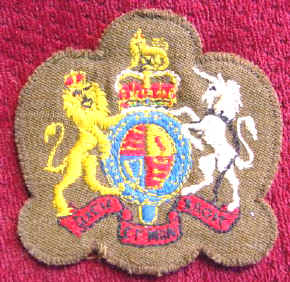 |
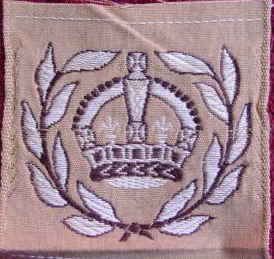
|
|
Australian WO1 badge,
1971 |
WO3 badge 1950? |
|
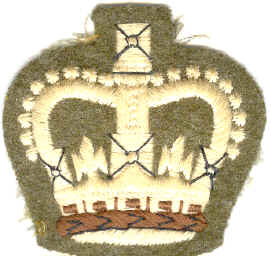
|
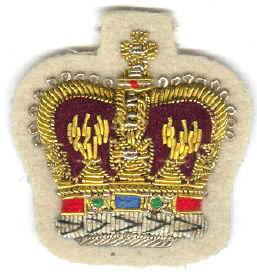
|
| British
WO2 No 2 dress embroidered. |
WO2 14/20 Hussars RCT Lancer
Regt. UK |
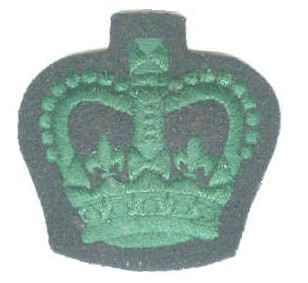 |
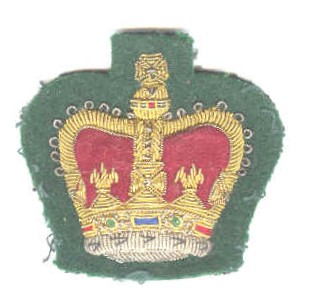 |
|
UK WO2 Royal Irish
Rangers UK |
WO2 Instructor RMC
Sandhurst UK |
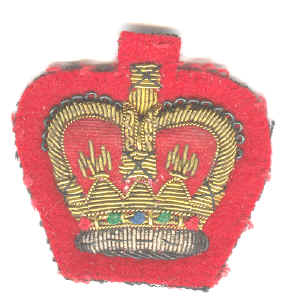 |
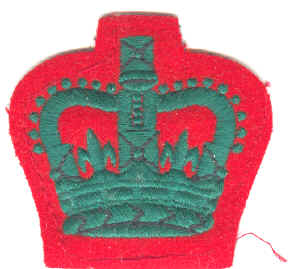 |
| UK Royal Marines
Badge No 2 Dress. |
UK
WO2 (Unit unidentified, probably GS, mess) |
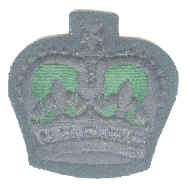 |
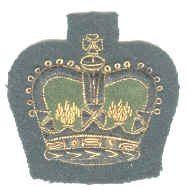 |
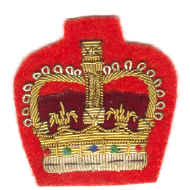 |
| WO2
Rifle & Gurkha Regts. |
WO2
Royal Green Jackets |
Royal
Marines WO2 |
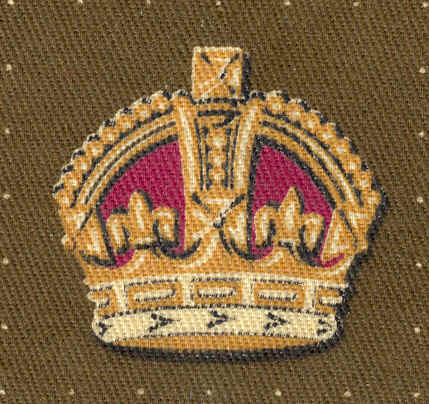 |
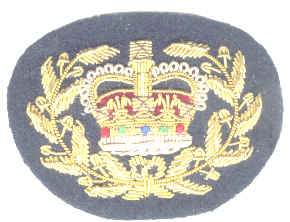 |
|
WO2: WW2 economy
(printed) issue, UK. |
No.1 Dress Regimental Quarter Master Sergeant
(WO2), UK, post 1953 |

|